Reliable Bulk Quince Fruit Seeds for Export
We provide bulk quince fruit seeds for export with guaranteed quality and competitive pricing for global markets. Also known as Cydonia oblonga seeds and beh daneh, this product is in high demand among wholesalers, importers, and distributors. At ACPFOOD, we are a trusted wholesale supplier of quince fruit seeds, serving the food, cosmetic, and herbal product industries with consistent bulk supply.
GENERAL DATA
Plant Parts: Seeds, Seeds oil
Cultivation mode: Wild Collection/Cultivated
In manufacturing: Pharmaceutical, cosmetics, to starch expensive cloths, etc.
In food: Herbal Tea.
🌰 Industries That Use Quince Seeds (Cydonia oblonga L.)
Here is the professional, industry-style breakdown for Quince Seeds from Cydonia oblonga L.
1. Pharmaceutical & Traditional Medicine Industry
Quince seeds are widely used in Persian, Unani, and European herbal medicine as a demulcent and throat soother.
Medicinal Uses:
-
Soothes sore throat and dry cough by forming a protective gel
-
Used for gastritis and intestinal inflammation
-
Mild laxative and astringent properties
-
Applied for burns, skin ulcers, and irritated mucosa
✅ Most common form: mucilage gel made by soaking the seeds in water
✅ Topical or oral use depending on condition
2. Cosmetic & Skincare Industry
Its mucilage is a natural hydrating gel used in traditional and botanical cosmetic preparations.
Cosmetic Applications:
-
Skin soother for dryness, redness, irritation, and burns
-
Used in DIY face masks, herbal gels, or under-eye treatments
-
Ingredient in natural emollient creams and lotions
-
Hair gel substitute for natural styling and scalp hydration
✅ Free from synthetic thickeners and ideal for natural beauty brands
3. Herbal Beverage & Wellness Industry
While these seeds are not directly ingested whole, the mucilage gel is used in herbal tonics and mucosal-supporting drinks in traditional wellness systems.
Applications:
-
Added to herbal throat syrups and lozenges
-
Used in demulcent beverages in Middle Eastern and South Asian cultures
-
Occasionally combined with Licorice, Marshmallow root, or honey for cough support
✅ Must be cold-soaked, not boiled, to preserve mucilage properties
4. Natural Remedies & Home Herbalism
Its mucilage is a common home remedy for respiratory, digestive, and skin conditions.
5. Ethnic & Organic Export Markets
These seeds are traded internationally as a mucilage-producing botanical, often for use in ethnic remedies or cosmetic formulations.
Export Forms:
-
Whole dried seeds
-
Mucilage preparations (gels or dried powders)
-
Packaged with instructions for herbal use
✅ Mostly exported to natural pharmacies, herbal shops, and organic skincare producers
6. Scientific & Herbal Research
Modern research supports its mucilage as a biopolymer, with promising applications in pharmaceutical, dermatological, and biomedical fields.
Research Interests:
-
Wound healing and skin regeneration
-
Mucosal protection (throat, gut, respiratory tract)
-
Use as a natural hydrogel or emollient base
-
Comparison to synthetic polymers and gums
✅ Quince mucilage is seen as a biocompatible and biodegradable natural polymer
✅ Summary of Key Applications
| Industry | Common Uses |
|---|---|
| Pharmaceutical & Traditional | Sore throat gel, wound dressing, gastrointestinal demulcent |
| Cosmetic & Skincare | Natural skin hydrator, burn gel, anti-redness formulations |
| Herbal & Wellness | Mucilage drinks, demulcent syrups, dry cough soothers |
| Home Remedies | Herbal compress, facial masks, scalp gel, oral gel for ulcers |
| Export & Ethnic Markets | Bulk quince seeds, mucilage kits, skincare herbal bundles |
| Scientific Research | Natural biopolymer, mucosal protection, emollient base studies |
🌟 Key Features
-
High in natural mucilage and plant-based gel-forming polysaccharides
-
Used topically and internally for soothing and healing
-
Acts as a natural alternative to synthetic gels and polymers
-
Ideal for gentle skincare, throat, and digestive care
-
Popular in Persian, Indian, and Middle Eastern herbal medicine
🍏🌰 Comparison Table: Dried Quince Fruit vs. Quince Seeds
(Cydonia oblonga L.)
| Aspect | Dried Quince Fruit | Quince Seeds |
|---|---|---|
| Plant Part | Dehydrated slices or pieces of the edible fruit | Small, hard seeds located in the fruit’s core |
| Primary Use | Functional food, herbal tea, digestive and respiratory health | Source of mucilage for soothing, healing, and hydration |
| Texture & Flavor | Tart-sweet, firm, aromatic | Neutral taste, not consumed directly; soaked to form gel |
| Main Constituents | Pectin, mucilage, tannins, vitamin C, polyphenols | Mucilage (polysaccharides), tannins, amino acids, trace cyanogenic compounds |
| Medicinal Action | Demulcent, antioxidant, digestive tonic, mild astringent | Strong demulcent, emollient, wound healer, throat soother |
| Traditional Uses | Sore throat, cough, gastritis, diarrhea, digestive aid | Oral ulcers, dry cough, burns, eczema, sore throat, hair/scalp hydration |
| Common Forms | Dried slices, tea blends, jams, stews, syrups | Cold mucilage gel (soaked seeds), topical gels |
| Food/Culinary Use | Yes – in teas, jams, stews, preserves | No – used medicinally only, not edible in whole form |
| Cosmetic Use | Antioxidant fruit masks, brightening extracts | Skin-calming gels, emollient creams, scalp hydrating products |
| Nutraceutical Use | Digestive fiber source, immune-supportive fruit tea | Emollient for skin and mucosa, throat-soothing gels |
| Export Forms | Loose dried slices, tea bags, powdered fruit | Whole seeds, mucilage preparation kits, topical use packs |
| Scientific Interest | Gastrointestinal protection, antioxidant content | Natural biopolymer, skin healing, mucosal coating potential |
✅ Summary Snapshot
| Feature | Dried Quince Fruit | Quince Seeds |
|---|---|---|
| Target Area | Digestive & respiratory system | Skin, mucosa (throat, gut lining), topical healing |
| Edibility | Edible | Not edible whole – used for gel extraction |
| Main Industry | Tea, food, nutraceutical, traditional medicine | Cosmeceutical, pharmaceutical, ethnomedicine |
| Form of Use | Consumed as tea or food | Used as soaked gel for internal or external application |
PRODUCT NAME IN DIFFERENT LANGUAGES
Persian Name: به دانه/ Beh Daneh
German Name (Deutschland, Austria, Switzerland): Quitte Samen
French Name (France, Belgium, Switzerland, Quebec): Graine de Cognassier
HARVEST CALENDAR
Feb
Mar
Apr
May
Jun
Jul
Aug
Sep
Oct
Nov
Dec
To order cydonia oblonga seeds, please contact us.
The fruit of the tree is almost spherical, fluffy, hard, yellow, and its external surface is slightly rough. The flesh of the fruit is hard and creamy yellow. The central part has five holes where the seeds are placed. The seeds of this fruit are drop-shaped, red-brown and glazed.
The best type of quince is large, ripe, and thin-skinned.
Cydonia oblonga Seeds Temperament
Second degree of cold and moist.
Cydonia Oblonga Seed Chemical Constituents
Acids such as citric, ascorbic, malic, quinic, shikimic, oxalic, and fumaric acids.
Quince Seed Health Benefits
It is a strong laxative and a weak astringent, and the kernel is aphrodisiac for hot temperaments.
Its mucilage is useful for sore throat, hot and dry cough, burning and dry tongue and mouth, stomach heat and fever.
The kernel of the seed strengthens the respiratory organs and improves cough, hoarseness, tuberculosis and intestinal ulcer.
Beh Daneh Modifiers
Modifier for seed, for hot temperaments is sugar. For cold temperaments Fennel seeds.
✅ Nutrition Facts — Quince Seeds (Cydonia oblonga Mill.)
| Nutrient | Per 100g (Dried Seeds) |
|---|---|
| Energy | 385–400 kcal |
| Protein | 14–17 g |
| Total Fat | 22–25 g |
| – Saturated Fat | 2.5–3.5 g |
| – Monounsaturated Fat | 8–10 g |
| – Polyunsaturated Fat | 10–12 g |
| Carbohydrates | 38–42 g |
| – Sugars | 1–3 g |
| – Dietary Fiber | 12–16 g |
| Ash (Total Minerals) | 4–5 g |
🔹 Vitamins
| Vitamin | Amount per 100g |
|---|---|
| Vitamin E (Tocopherol) | 1.5–2.2 mg |
| Thiamin (B1) | 0.3–0.5 mg |
| Riboflavin (B2) | 0.1–0.2 mg |
| Niacin (B3) | 1.0–1.5 mg |
| Folate (B9) | ~35–50 µg |
🔹 Minerals
| Mineral | Amount per 100g |
|---|---|
| Potassium | 500–650 mg |
| Calcium | 80–120 mg |
| Magnesium | 100–150 mg |
| Phosphorus | 300–400 mg |
| Iron | 3.5–5.0 mg |
| Zinc | 1.0–1.5 mg |
| Manganese | 1.5–2.0 mg |
🌿 Notable Compounds
-
Mucilage (Polysaccharides): High (especially when soaked)
-
Polyphenols: Antioxidant properties
-
Fixed Oils: Linoleic, oleic, and palmitic acids
-
Anti-inflammatory agents
⚠️ Note
Quince seeds contain amygdalin, a cyanogenic glycoside, in small amounts. While traditional use includes making quince seed tea (infusion) for soothing sore throat and cough, seeds should not be crushed or chewed in large quantities, especially raw.
Beh Daneh in bulk, please contact us.
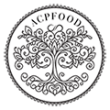

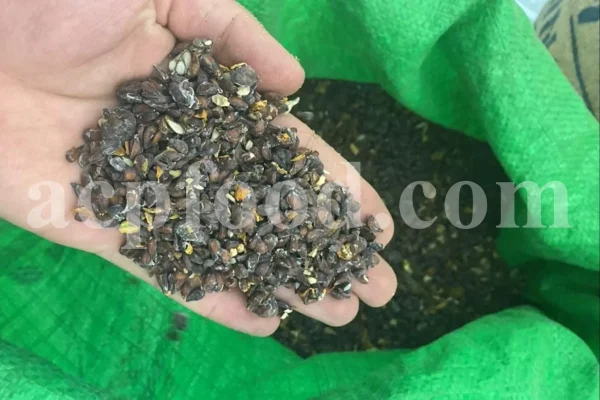
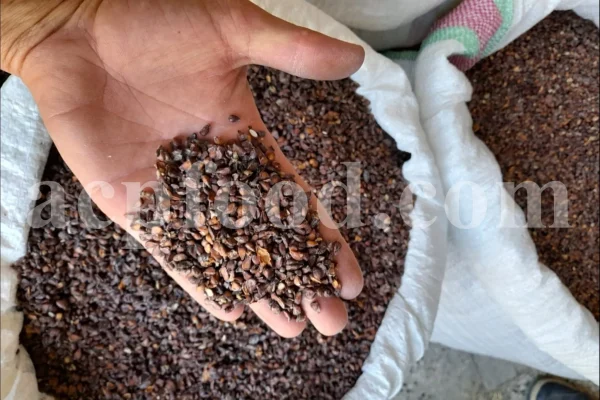
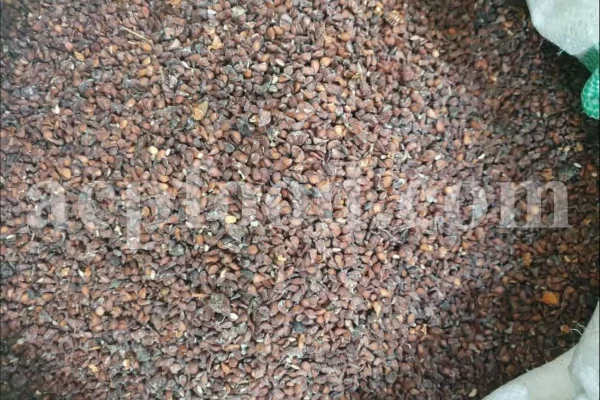
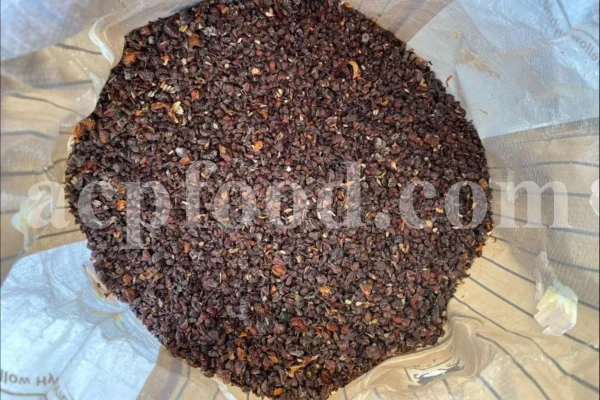
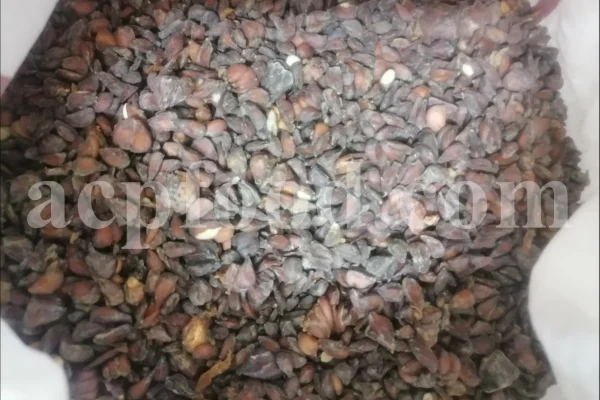

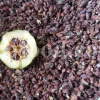

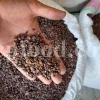
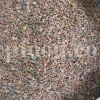


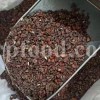
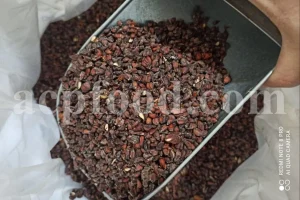
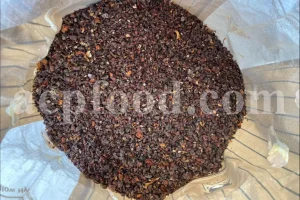
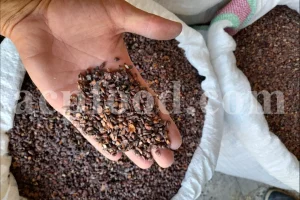
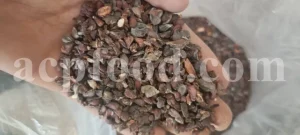
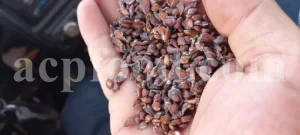

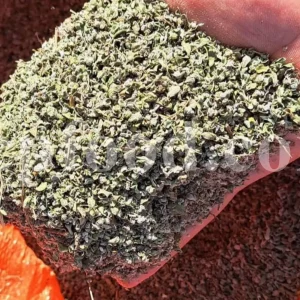

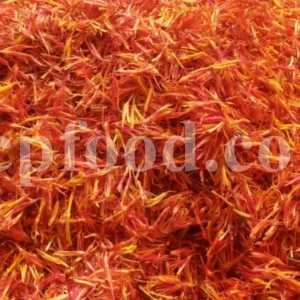
Reviews
There are no reviews yet.